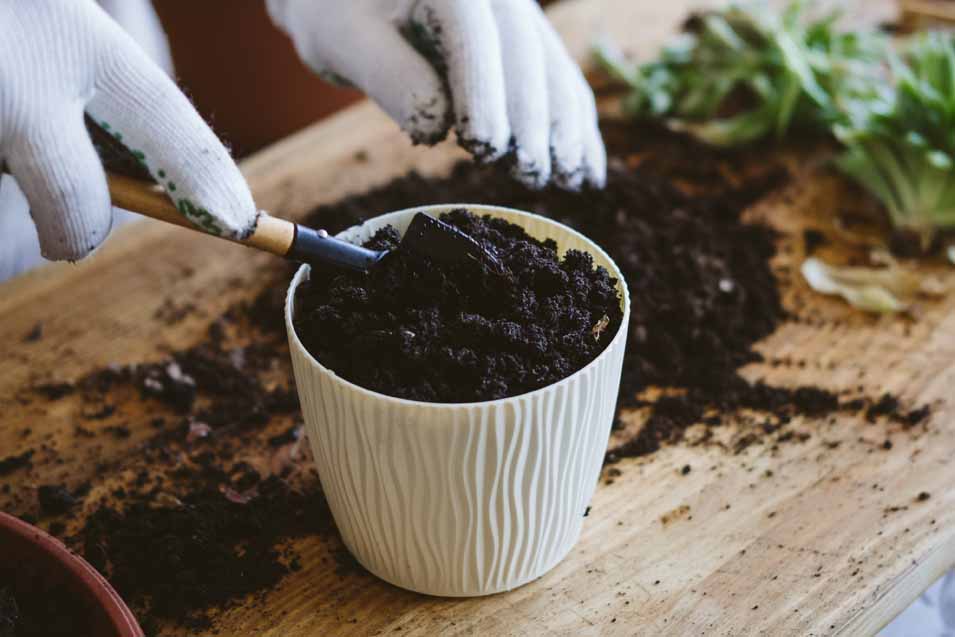
Loved by collectors, easy to propagate, and relatively low-maintenance, String of Turtles is a must-have in any house plant collection.
String of Turtles, or Peperomia prostrata, is a beautiful trailing plant that’s highly sought after due to its beautifully variegated leaves… and this adorable plant’s common name is apt because it resembles, well, a string of turtles!
Although String of Turtles is found growing wild in Brazilian rainforests, it’s actually a type of semi-succulent plant because it stores water in its leaves.
Here’s everything you need to know about growing, caring for, and propagating this gorgeous plant.
1. Light Requirements
Place your String of Turtles in a spot with bright, indirect light to keep its colors vibrant – but don’t expose it to direct sunlight because the tender leaves will burn.
Too little light, on the other hand, will lead to leggy vines with fewer leaves.
If you’re growing indoors and don’t have much natural sunlight, you can supplement your String of Turtles’ light with grow lights. If you want a bushier and fuller plant, however, make sure the crown is exposed to light from above.
2. Soil Mix
Plant your String of Turtles in a well-draining, aerated soil mix to prevent root rot. A good basic recipe is to mix 50% general potting soil and 50% perlite – the perlite will allow air to circulate in the soil.
Another great option is to use a commercial succulent or cactus soil mix – but just be sure to refresh the soil once a year to make sure it doesn’t become hard and compacted over time.
3. Watering Frequency
Because String of Turtles is a kind of succulent that stores water in its leaves, you don’t need to water often. Allow the soil to dry out between watering – you can check the moisture content of the soil by feeling it with your finger. If the first inch or two is dry, it’s time to water.
Another way to know if your plant is thirsty is to look at its leaves – if they’ve lost their plumpness and have begun to shrivel, it’s time to water.
4. Humidity
Because String of Turtles is native to Brazilian rainforests, they enjoy extra humidity. To increase the relative humidity around your plant, mist the leaves every few days.
A better way to ensure your String of Turtles has a humid environment is to purchase a humidifier.
5. Fertilizing
Fertilize your String of Turtles every two weeks in the growing season (spring and summer) with diluted liquid fertilizer. In the colder months, reduce fertilizing to once every two months or so.
6. Propagating
There are two easy ways to propagate String of Turtles – you can propagate them from cuttings or leaves.
To propagate your String of Turtles from cuttings, use a sterilized pair of scissors or a box cutter to snip off a few stems just below the node.
Strip half the stem of leaves, place the base (with a node) in a pot filled with moist potting soil. Place the pot in a bright spot and keep the soil slightly moist. In a few weeks, roots will sprout.
You can also use the same method as above, but lay the entire stem flat on top of the soil – this is a way to get a fuller plant.
Another way to propagate String of Turtles is to remove a few leaves (make sure the petioles are still attached) and stick just the petiole in a pot of moist soil.





